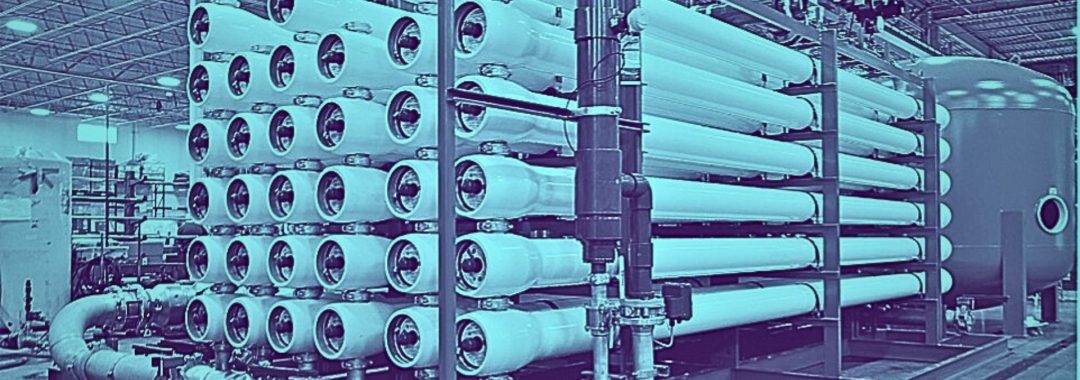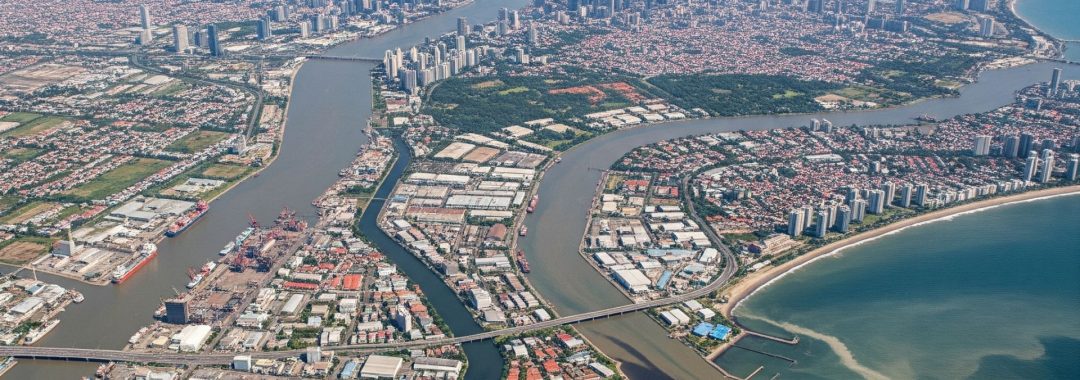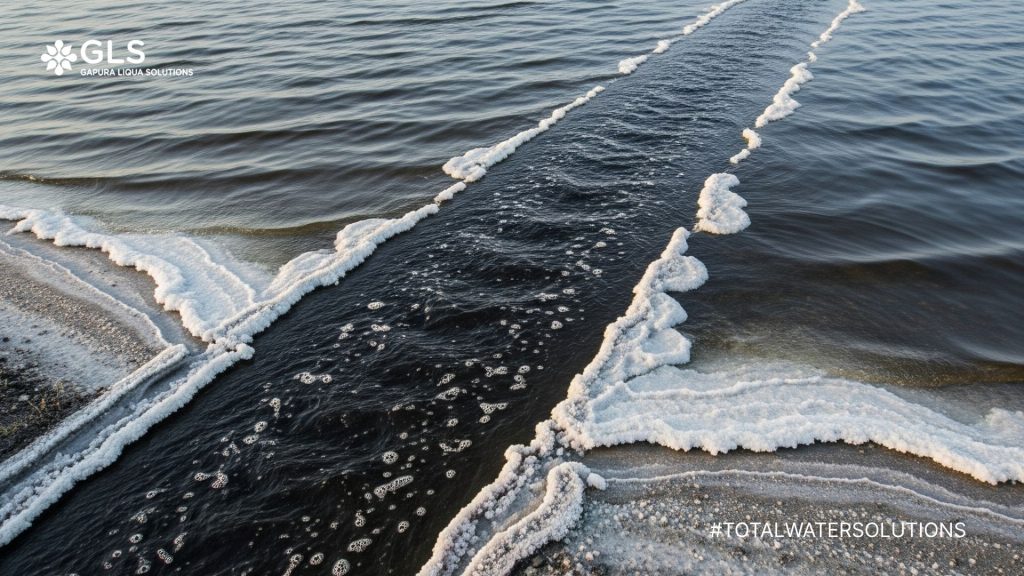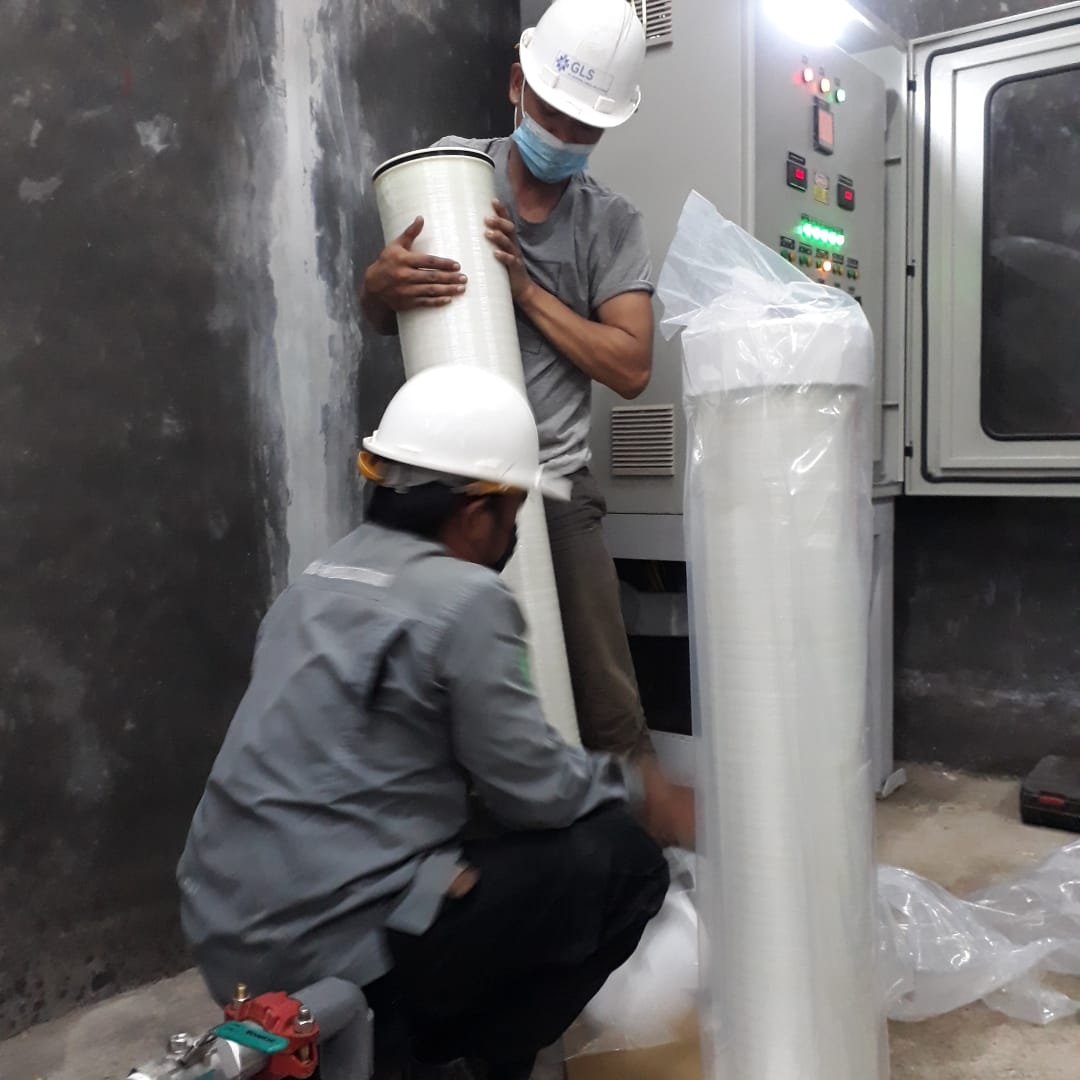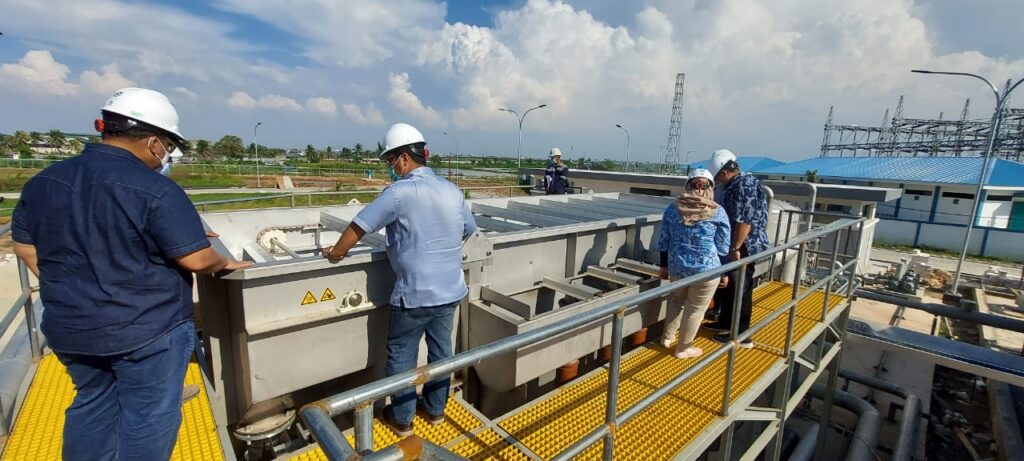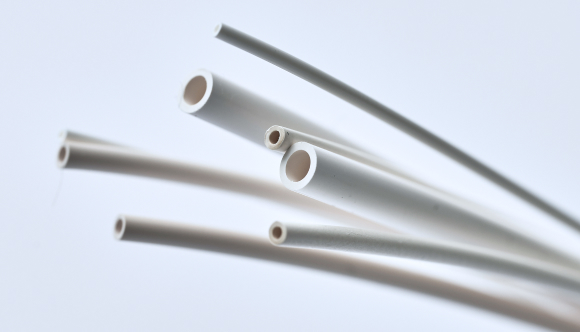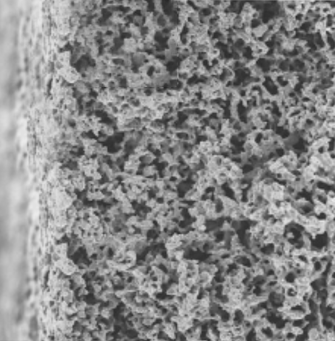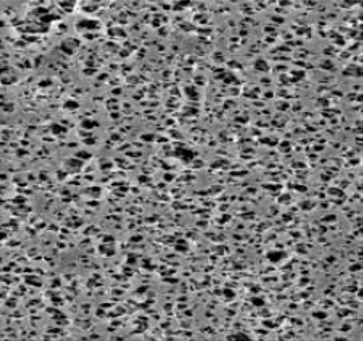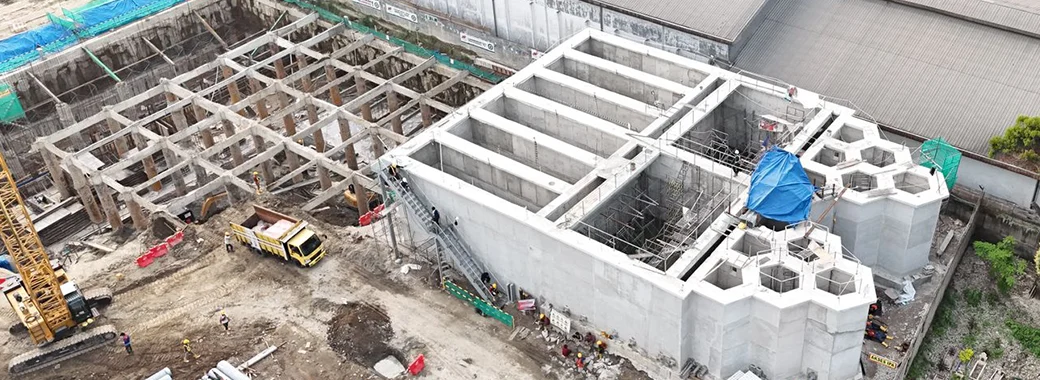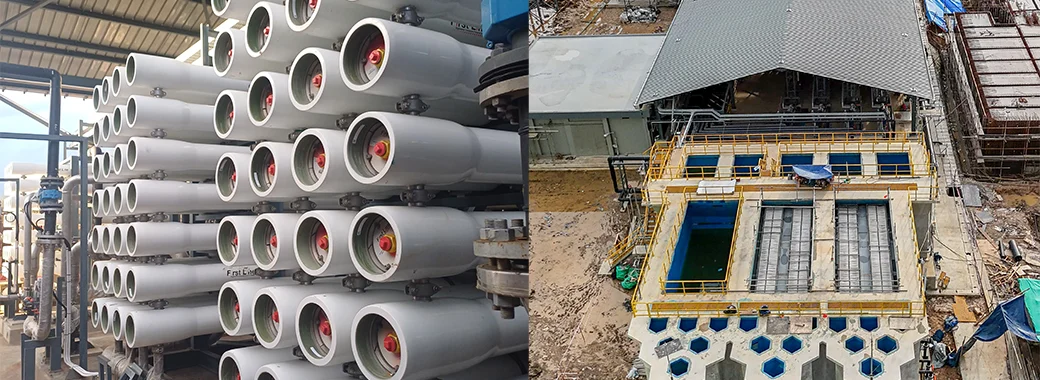Teknologi Sistem Reverse Osmosis: Solusi air murni dengan Efesiensi Tinggi
Di tengah tuntutan efisiensi dan keberlanjutan yang semakin tinggi, industri di seluruh Indonesia—mulai dari manufaktur di Cikarang hingga fasilitas migas di lepas pantai—bergantung pada satu sumber daya vital: air berkualitas tinggi. Namun, kualitas air baku yang bervariasi seringkali menjadi penghalang. Di sinilah teknologi sistem reverse osmosis (RO) berperan sebagai solusi andalan, sebuah standar emas dalam dunia pengolahan air modern.
Bagi para insinyur proses, manajer pabrik, dan pengambil keputusan teknis, memahami RO bukan lagi sekadar pilihan, melainkan sebuah keharusan strategis. Artikel ini akan mengupas tuntas seluk-beluk teknologi RO, mulai dari prinsip kerjanya yang fundamental, aplikasinya yang beragam di industri, hingga keunggulannya yang tak tertandingi, memberikan Anda wawasan untuk mengoptimalkan sistem air di fasilitas Anda.
Apa Itu Reverse Osmosis dan Mengapa Menjadi Standar Emas Pengolahan Air?
Reverse Osmosis adalah sebuah proses pemurnian air yang menggunakan membran semipermeabel untuk menghilangkan ion, molekul, dan partikel yang lebih besar dari air minum. Secara sederhana, RO adalah metode penyaringan dengan tingkat presisi molekuler, mampu menyisihkan hingga 99%+ zat padat terlarut (TDS), bakteri, dan kontaminan lainnya. Kemampuannya inilah yang menjadikannya teknologi pilihan untuk menghasilkan air dengan kemurnian sangat tinggi (ultrapure water).
Membedah Cara Kerja Membran RO: Sains di Balik Air Murni
Untuk benar-benar menghargai kehebatan RO, kita perlu memahami prinsip dasar di baliknya.
Osmosis vs. Reverse Osmosis: Memahami Perbedaan Fundamentalnya
Secara alami, proses osmosis terjadi ketika pelarut (seperti air) bergerak dari larutan dengan konsentrasi rendah ke larutan dengan konsentrasi tinggi melalui sebuah membran semipermeabel untuk menyeimbangkan konsentrasi. Sebaliknya, teknologi sistem reverse osmosis membalik proses alami ini.
Peran Tekanan Tinggi dalam Memisahkan Garam dan Kontaminan
Dalam sistem RO, tekanan eksternal yang tinggi diterapkan pada sisi air dengan konsentrasi garam yang tinggi. Tekanan ini “mendorong” molekul air murni untuk melewati pori-pori mikroskopis pada membran RO, sementara molekul garam, mineral, logam berat, dan kontaminan lainnya yang lebih besar tertahan dan dibuang sebagai aliran air buangan (disebut concentrate atau brine). Hasilnya adalah dua aliran keluar: air murni (disebut permeate) dan air pekat yang berisi kontaminan. Inilah inti dari cara kerja membran RO.
Komponen Utama dalam Sebuah Sistem RO Industri
Sebuah sistem RO skala industri umumnya terdiri dari:
- Pompa Tekanan Tinggi (High-Pressure Pump): Memberikan tekanan yang dibutuhkan untuk melawan tekanan osmotik.
- Pressure Vessel (Housing): Tabung kokoh yang menampung satu atau lebih membran RO.
- Membran RO: Elemen penyaring utama, biasanya berjenis spiral-wound.
- Sistem Kontrol: Panel instrumen untuk memonitor tekanan, laju alir, dan kualitas air.
Kunci Sukses Sistem RO: Pentingnya Tahap Pre-treatment RO
Sebuah kesalahan fatal adalah menganggap sistem RO bisa bekerja sendiri tanpa persiapan. Membran RO adalah komponen yang canggih namun rentan. Tanpa perlindungan yang tepat, membran dapat rusak dalam waktu singkat. Di sinilah peran vital pre-treatment RO masuk.
Mencegah Scaling dan Fouling yang Merusak Membran
Air baku seringkali mengandung mineral seperti kalsium dan magnesium (penyebab scaling), serta partikel organik, lumpur, dan bakteri (penyebab fouling). Jika zat-zat ini mencapai permukaan membran, mereka akan menyumbat pori-pori, menurunkan kinerja, dan pada akhirnya merusak membran secara permanen.
Jenis-jenis Pre-treatment yang Umum Digunakan untuk Industri
Strategi pre-treatment RO yang efektif biasanya melibatkan beberapa tahap, antara lain:
- Filtrasi Multimedia: Menghilangkan padatan tersuspensi besar.
- Filtrasi Mikro (Cartridge Filter): Menyaring partikel yang lebih halus.
- Dosing Antiscalant: Menginjeksikan bahan kimia untuk mencegah pembentukan kerak mineral.
- Water Softening: Menghilangkan kesadahan (kalsium & magnesium) secara total.
- Ultrafiltrasi (UF): Sebagai pre-treatment canggih untuk menyisihkan hampir semua partikel koloid dan bakteri.
Ragam Aplikasi RO Industri di Indonesia
Kemampuan RO untuk menghasilkan air berkualitas konsisten menjadikannya tak tergantikan di berbagai sektor industri di Indonesia.
Sistem Desalinasi RO: Mengubah Air Laut Menjadi Air Tawar
Bagi fasilitas industri yang berlokasi di pesisir, sistem desalinasi RO adalah solusi untuk mengatasi kelangkaan air tawar. Teknologi ini mampu mengubah air laut (salinitas >35.000 ppm TDS) menjadi air tawar berkualitas tinggi untuk kebutuhan proses maupun domestik.
Produksi Air Umpan Boiler (Boiler Feed Water) Berkemurnian Tinggi
Industri yang menggunakan boiler bertekanan tinggi sangat bergantung pada RO untuk menghasilkan air umpan. Air hasil RO yang bebas mineral secara signifikan mencegah pembentukan kerak dan korosi, meningkatkan efisiensi boiler, dan memperpanjang umur aset.
Daur Ulang Air Limbah (Wastewater Recycling) untuk Keberlanjutan
RO memainkan peran kunci dalam inisiatif Zero Liquid Discharge (ZLD). Teknologi ini dapat mengolah air limbah yang telah melalui tahap pre-treatment, memulihkan sebagian besar air untuk digunakan kembali dalam proses, sehingga mengurangi biaya pembuangan dan konsumsi air baku.
Kebutuhan Kritis di Industri Makanan, Minuman, dan Farmasi
Di sektor ini, kemurnian air adalah segalanya. RO digunakan untuk memastikan air yang digunakan sebagai bahan baku produk bebas dari segala kontaminan yang dapat mempengaruhi rasa, kualitas, dan keamanan produk akhir, serta memenuhi standar regulasi yang ketat. Inilah salah satu aplikasi RO industri yang paling krusial.
Analisis Mendalam Keunggulan RO Dibandingkan Teknologi Lain
Meskipun ada teknologi pemurnian lain, RO memiliki beberapa keunggulan yang jelas.
Efektivitas Penyisihan Kontaminan yang Superior
Dibandingkan dengan metode seperti distilasi atau deionisasi (DI), keunggulan RO terletak pada kemampuannya untuk menyisihkan spektrum kontaminan yang sangat luas—mulai dari garam terlarut, logam berat, hingga mikroorganisme—dalam satu langkah proses yang efisien.
Pertimbangan Efisiensi Operasional dan Biaya
Meskipun investasi awal dan konsumsi energi (terutama untuk desalinasi) menjadi pertimbangan, sistem RO modern terus mengalami kemajuan. Inovasi pada membran (seperti Low Energy membranes) dan sistem pemulihan energi (Energy Recovery Devices) telah membuat biaya operasional RO menjadi semakin kompetitif dan ekonomis dalam jangka panjang.
Kesimpulan: Memilih Sistem RO yang Tepat untuk Kebutuhan Industri Anda
Teknologi reverse osmosis lebih dari sekadar alat penyaring; ia adalah sebuah platform strategis yang memungkinkan industri di Indonesia untuk mencapai efisiensi operasional, memenuhi standar kualitas produk yang ketat, dan menjalankan praktik bisnis yang berkelanjutan. Dari mengatasi kelangkaan air melalui desalinasi hingga memaksimalkan efisiensi boiler, keunggulan RO terbukti nyata.
Namun, keberhasilan implementasi sistem RO sangat bergantung pada desain yang tepat, pemilihan komponen yang andal, dan strategi pre-treatment yang solid. Oleh karena itu, bekerja sama dengan mitra water treatment yang berpengalaman adalah kunci untuk memastikan sistem RO Anda memberikan kinerja dan ROI yang optimal.
Follow us on Social Media
